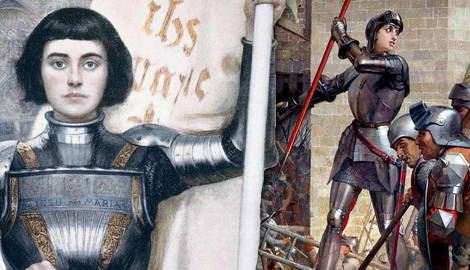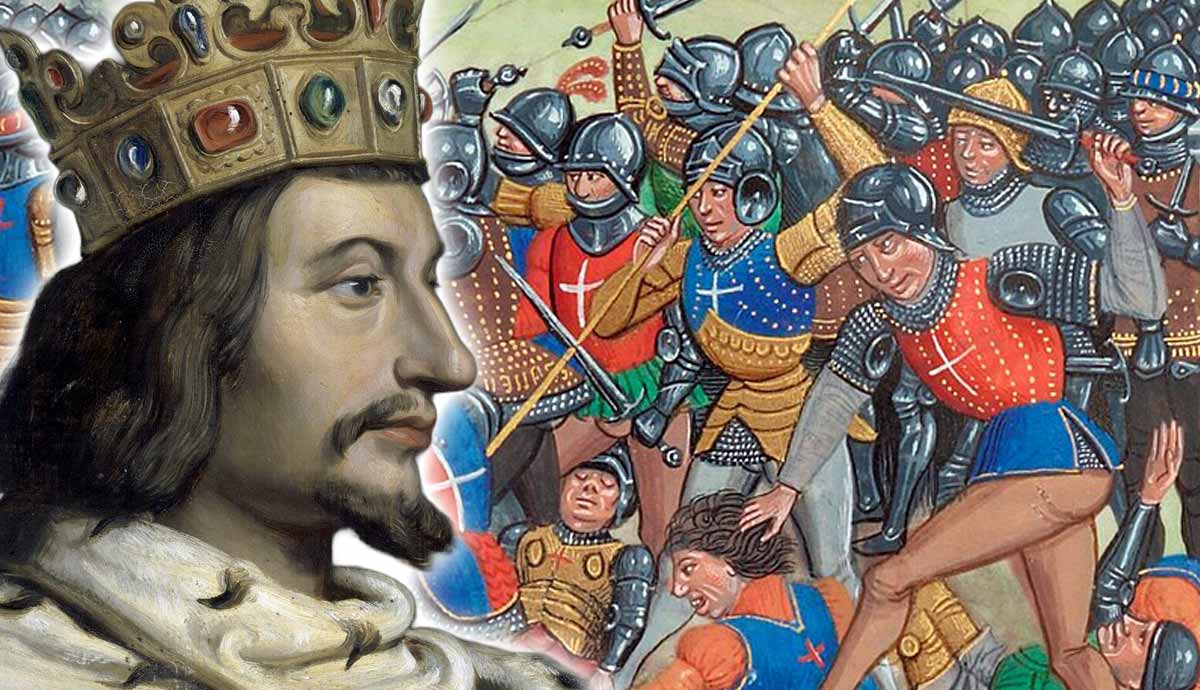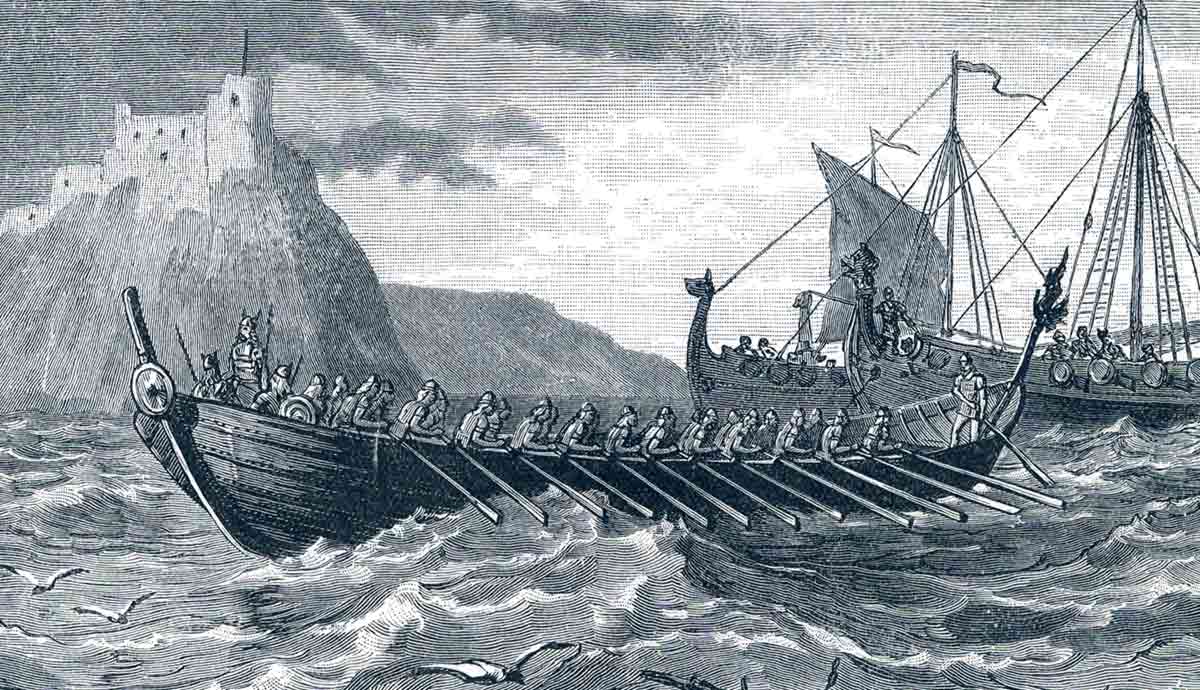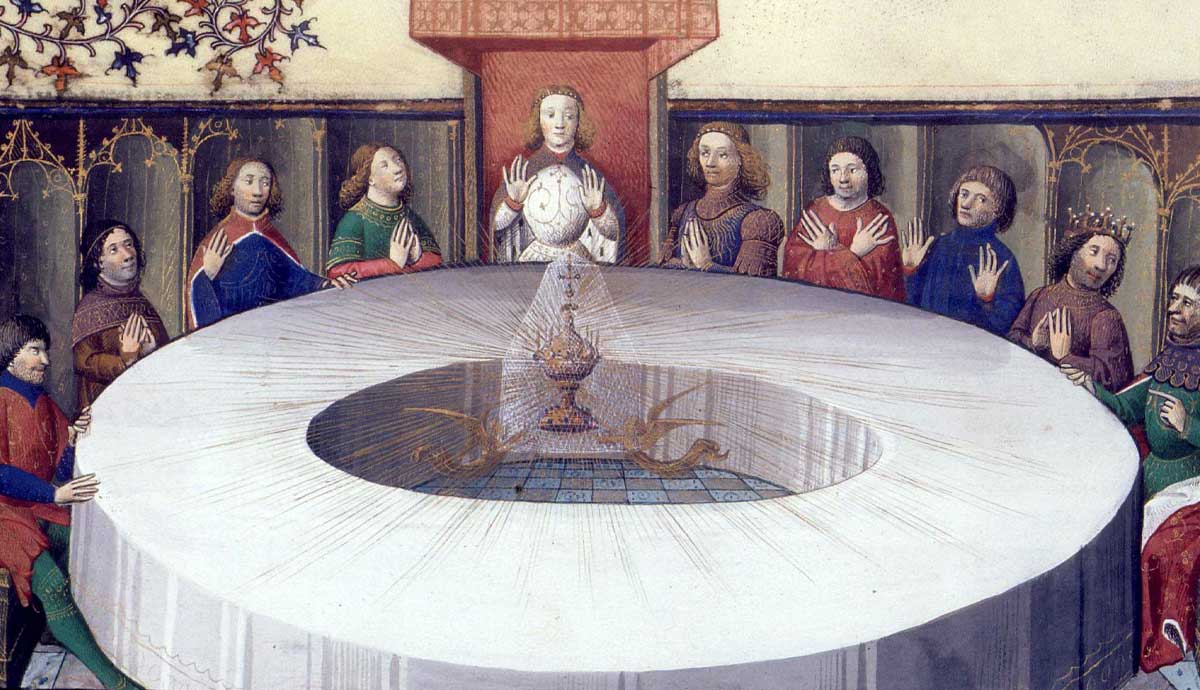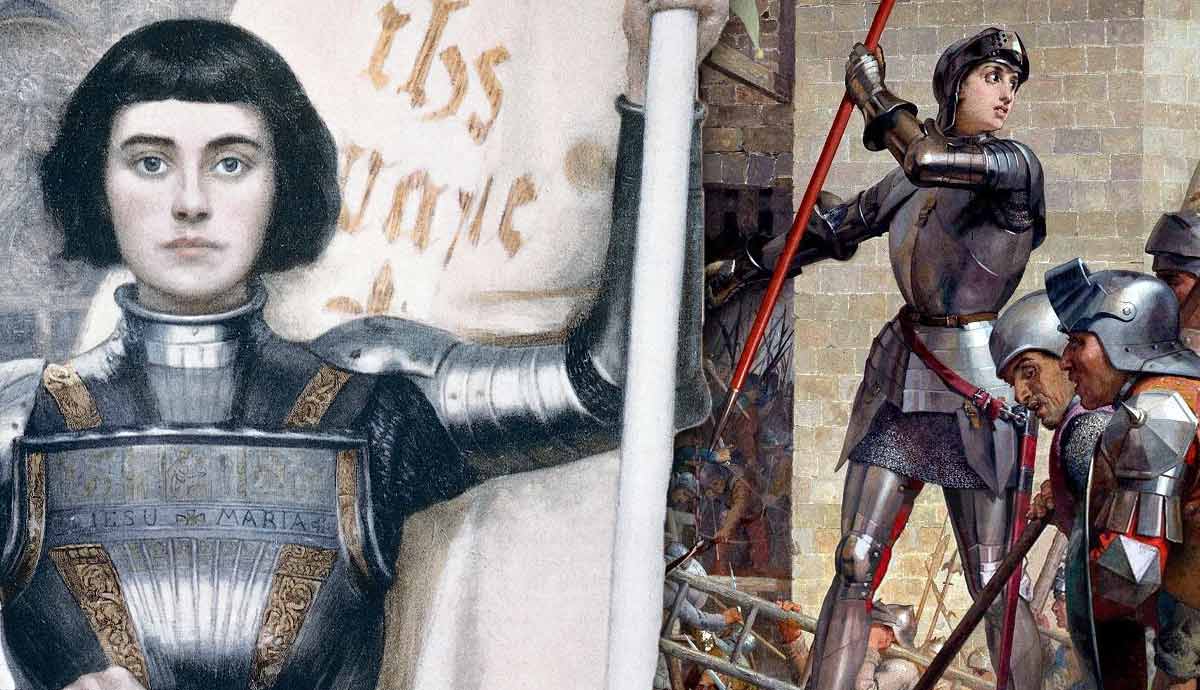
Throughout French history, few heroines have been admired as much as Joan of Arc. This teenage girl etched her way into French history thanks to her divine mission; she had been told by God to reclaim French territory from the English. Whatever the actual reasoning for the activities that she undertook in the name of the French crown, she certainly helped to turn the Hundred Years’ War in favor of France, and helped out her monarch, King Charles VII, greatly. Both Charles and Joan would go down in French history as hugely important figures. Read on to find out why.
Background to King Charles VII

Born on February 22, 1403, to Charles VI of France and his wife Isabeau of Bavaria, Charles would go on to rule France as one of the country’s greatest kings. In fact, it was during Charles’s reign that the Hundred Years’ War came to an end, and in France’s favor. Charles has been called both Charles the Victorious and Charles the Well-Served, in no small part thanks to the efforts of Joan of Arc.
Charles came to the throne aged 19 upon his father’s death in 1422, and he would rule France until his own death in 1461.
Charles inherited the throne during one of the darkest periods of French history. Charles VI, who had suffered debilitating mental illness throughout most of his adult life, had died and lost most of the territory that his father, Charles V, had helped to reclaim from the English. In fact, the young Henry VI of England was due to be crowned Henry VI of England and France, showing what a state France had been left in. Indeed, any sort of moral or battlefield victories for the young French monarch would have likely placed him in higher esteem than his unfortunate father.

Charles VII had it difficult from the onset of his reign—his father had disinherited him in favor of the heirs of Henry V of England, while at the same time, a civil war raged on in France between the Burgundians (supporters of the House of Valois-Burgundy, which was allied to England) and the Armagnacs (supporters of the House of Valois).
Reims, the traditional city where French kings were crowned, was under English control, as were Paris and Guyenne, so Charles was forced to move his court south to Bourges, where he was patronizingly nicknamed “the King of Bourges.” For Charles to return in the fashion he did was nothing short of remarkable.
Background to Joan of Arc

Joan was born into a peasant family around 1412, in Domrémy, northeastern France. Her father was a farmer who also acted as a village official, which helped to supplement his income and support his family, which included his wife, Isabelle Romée, their three sons, and two daughters (including Joan).
Joan was born in the heart of the Hundred Years’ War and certainly felt the economic, social, and cultural effects from a young age, as the majority of the fighting at this stage of the war took place in northern France. France was also politically divided, too, and the young Joan no doubt felt the aftershocks of this, too.
Joan grew up as most peasant children would have done—helping her father on the farm and receiving a religious education from her mother. Religion would play a huge part in Joan’s life, particularly in her so-called visions, which would play a huge role in her involvement in the Hundred Years’ War.
The combination of political strife and a religious upbringing would contribute to these views. Joan’s family was surrounded by Burgundian lands filled with Armagnac supporters, and by 1419, the war had arrived on their doorstep. In 1425, Domrémy was attacked, which led to the residents expressing their support for the notion that the English must be expelled from France once and for all. Coincidentally, it was shortly after this raid that Joan experienced her first visions.
Charles VII and Joan of Arc: The First Meeting

Just as Charles was considering fleeing to the Iberian Peninsula, which would have enabled the English to take over even more French territory, he was introduced to Joan of Arc in 1429.
The city of Orléans had been under siege since October 1428, with very little prospect of a way out. It was in early 1429 that Joan of Arc explained her vision and ordered the garrison commander to give her some soldiers and a suitable retinue to meet the Dauphin Charles at Chinon. She stated the importance of her divine mission and that the message had been delivered to her from God via visions of angels that she had seen.
Joan was remarkably granted five veteran soldiers and a letter of referral to Charles by Lord Robert de Baudricourt, the garrison commander, and she arrived at Chinon on horseback on February 23, 1429.
According to some contemporaries, Charles wanted to test Joan’s abilities and her claim that she would recognize him despite never having seen a picture of him, so he disguised himself as one of his courtiers. She reportedly immediately recognised him, and bowed in front of him, saying “God give you a happy life, sweet King!”
After their private conversation, Charles emerged inspired and confident, and in April, Joan set out to relieve Orléans.
Joan of Arc’s Successful Military Campaigns

Joan was welcomed into the city as word had spread about her spiritual abilities, and she proved to be a great morale booster for the troops. She often led the lines in military skirmishes. Orléans was relieved by early May, just nine days after Joan’s arrival, which was a remarkable turnaround for a city that had been under siege for almost seven months. This also turned the tide of the Hundred Years’ War in favor of the French, leading to more territory gained for Charles and for France.
The Loire Campaign was then led by Joan of Arc, and was perhaps the most important campaign during the Hundred Years’ War for France, and was most likely why they won the war two decades later.
Joan and her troops were victorious at the Battle of Jargeau in June 1429, before moving onto the Battle of Meung-sur-Loire just days later, where her victory was also replicated. This was a key victory because it seriously hindered any English advancements south of the Loire, gaining Charles even more important territory.

A victory at the Battle of Beaugency the next day followed suit, before arguably Joan of Arc’s most famous military victory of all: The Battle of Patay.
Fought on June 18, 1429, an English reinforcement army, which had been sent from Paris to fortify the garrisons in the Loire Valley, had arrived. The usual English tactic of using spikes to slow down a cavalry charge, followed by the use of longbowmen to rain arrows down upon the French, would likely have worked, until the archers’ positions were revealed. Some of the English noticed a stag walk onto the battlefield, and gave a hunting cry, thus revealing their position.
The French forces under Joan of Arc wasted no time and immediately attacked the English forces, who panicked and scrambled, creating a scene of pure chaos. The French, armed heavily and on horseback, made light work of the lightly-armored English archers, who were no match for them in hand-to-hand combat.
This decisive victory opened the way toward Reims, where Charles and Joan marched, and where Charles was finally formally crowned as King Charles VII of France, with Joan by his side, on July 17, 1429.
The Later Years

Patay had been a hugely successful victory, and the Loire Campaign was undoubtedly important in securing this victory as well as territory for Charles and for France.
However, several more campaigns in 1430 would not go so well, and people began to doubt Joan’s spiritual abilities, even going so far as to suggest that the Loire Campaign had nothing to do with her alleged spiritual abilities and was instead down to astute planning and luck.
Being an Armagnac supporter spelled the end for Joan when she was captured by the Burgundians on May 23, 1430, and after a failed escape attempt, she was handed over to the English.
She was put on trial and found guilty of heresy, wearing men’s clothes, and following demonic visions, by the French bishop Pierre Cauchon. She was sentenced to death by being burned at the stake, and died on May 30, 1431, aged approximately 19.
However, in 1920, she was canonized by Pope Benedict XV, and two years later, she was declared the patron saint of France. She has often been a symbol of martyrdom and female empowerment.
On the other hand, Charles VII experienced a much more positive end to his reign. He successfully put an end to the Armagnac-Burgundian Civil War (at least, temporarily), and with victory at the Battle of Castillon on July 17, 1453, the Hundred Years’ War came to an end, and the result was a victory for France.
Charles would go on to be succeeded by one of the more controversial monarchs of the age, his son, with whom he famously quarrelled: King Louis XI, who was perhaps better known as the Universal Spider.
Legacy

Both Joan of Arc and Charles VII of France have positive legacies. Indeed, without Joan’s involvement in the Hundred Years’ War—spiritual or not—it is highly unlikely that the French would have experienced anything but more territorial losses.
While the spiritual side of her involvement would be questioned today, with a desperate monarch, struggling people, and a country on the verge of being taken over by its old enemy, this would literally have been a miracle. It was a huge chance that Charles took, but Joan’s involvement paid off, and she rescued France from her English foes.
Overall, the legacy of Charles VII’s reign is that he would not have achieved anywhere near as much as he did without the involvement of Joan of Arc, and Joan of Arc would not have gained as much traction as she did without the open, public support of Charles.
Charles’s reign cannot be analyzed without looking at the impact that Joan of Arc had on it, nor can Joan’s life and military success be properly analyzed without first looking at the support and backing she had from the Dauphin.
